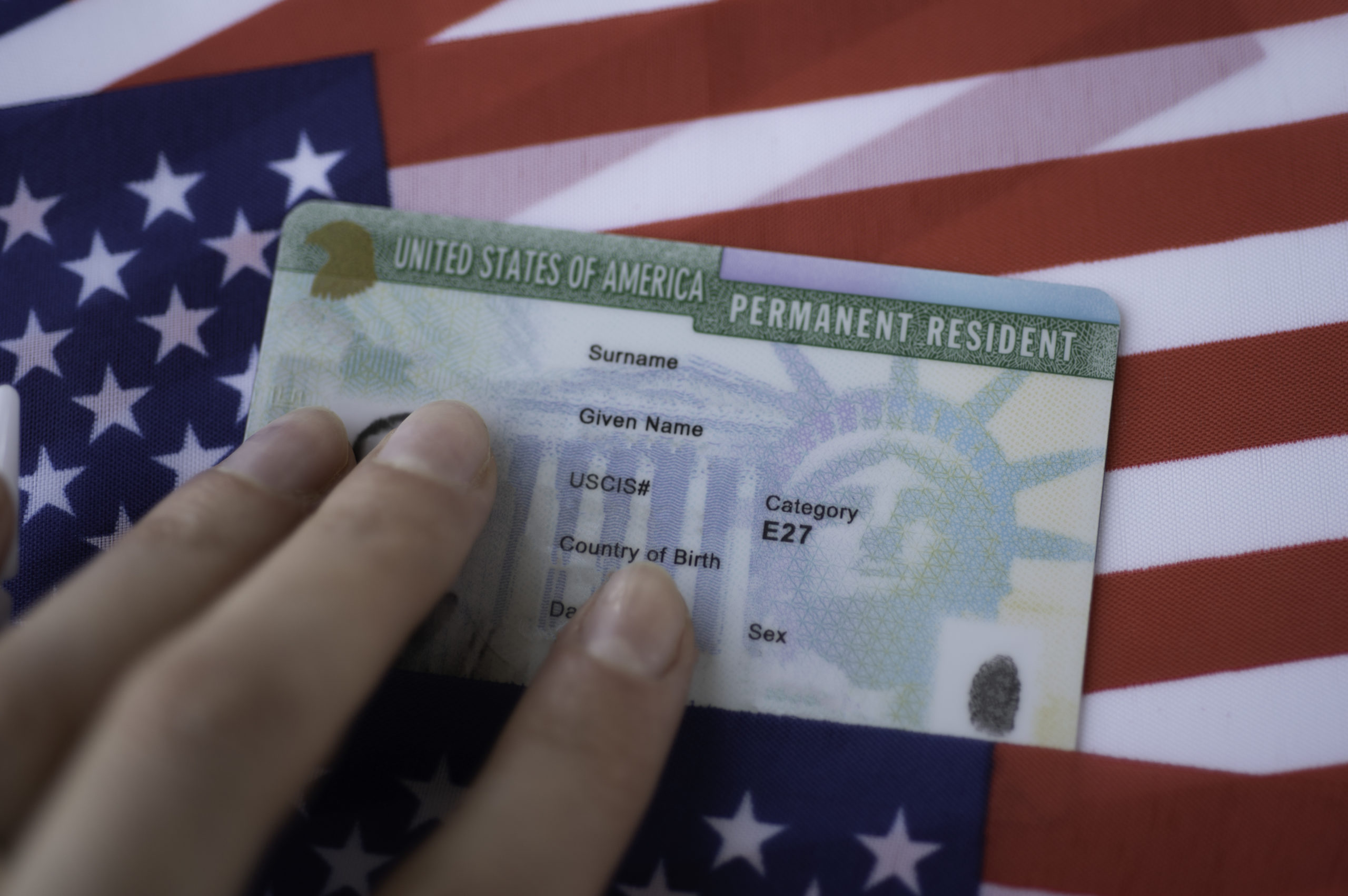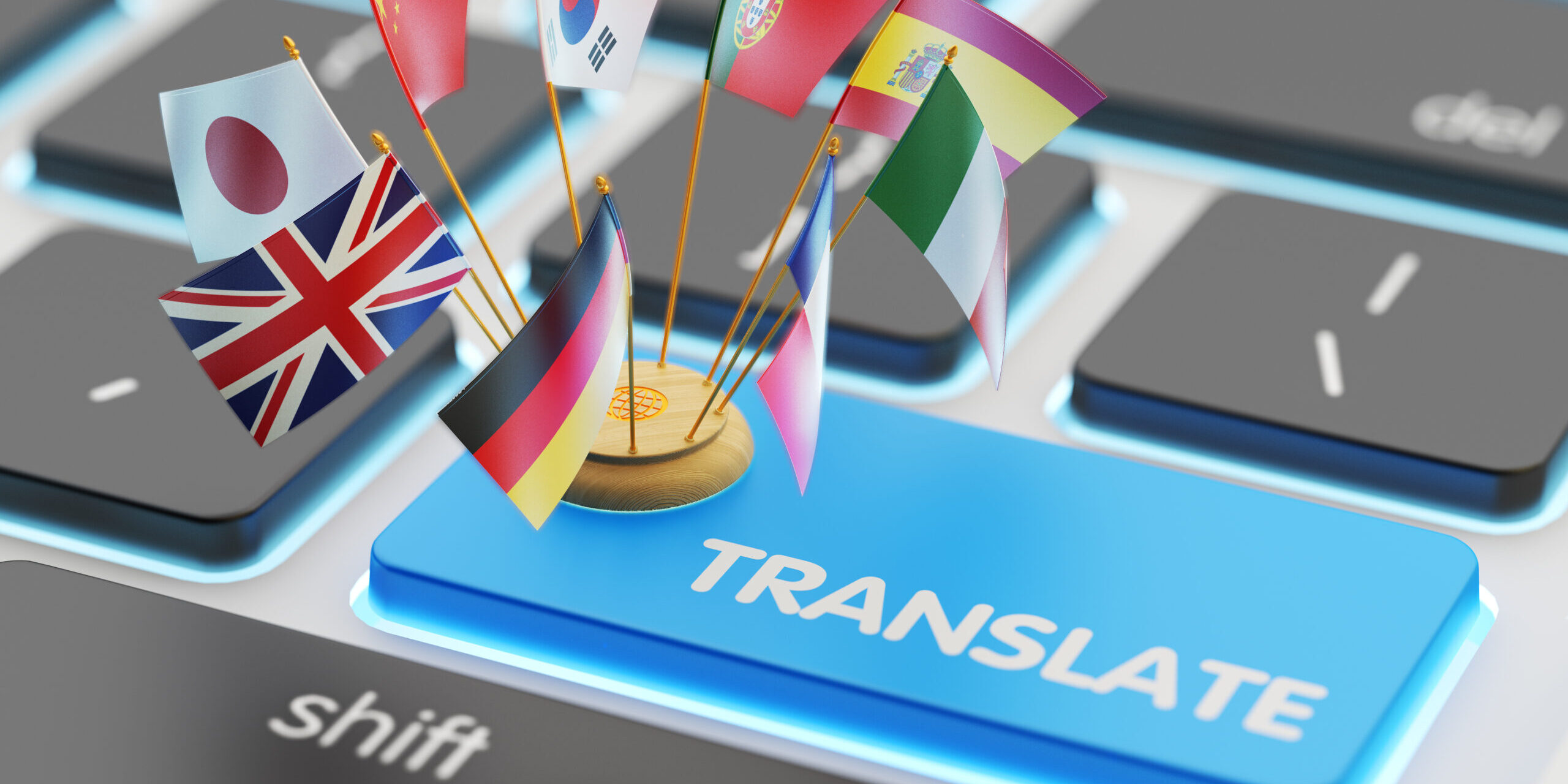As AI continues to transform industries, the world of media localization has seen a significant boost in efficiency and accessibility. AI-powered subtitling tools have made it faster and cheaper to translate video content into multiple languages, helping creators reach a global audience. However, while these tools offer impressive capabilities, they are not without limitations—especially when it comes to subtitling multilingual content.
In this article, we explore where AI excels, where it falls short, and why human expertise remains an essential component of high-quality subtitle translation.
What is AI subtitle translation?
AI subtitle translation utilizes a combination of automatic speech recognition (ASR) and machine translation (MT) to translate the audio or text content of a video into different languages and create subtitles that can be displayed on the screen. These tools can process audio in real-time or during post-production, generate synchronized subtitles, and make the content more accessible to audiences around the world.
Common Use Cases for AI in Subtitle Translation
AI subtitles are already playing an important role across various sectors:
1. Live Events and Business Meetings
AI can provide real-time captions for live conferences, webinars, and virtual meetings, allowing multilingual participants to follow discussions in their preferred language. This is especially valuable for international teams and events with global audiences.
2. Education and E-Learning
Educational institutions and training platforms use AI-generated subtitles to enhance accessibility for international students or learners with limited proficiency in the original language. Subtitles help improve comprehension and engagement in lectures, tutorials, and course materials.
3. Marketing and Social Media Content
Organizations often use AI to generate multilingual subtitles for promotional videos, social media posts, and internal communications. This enables rapid deployment of localized content across global markets.
The Strengths of AI in Subtitle Translation
AI subtitling tools bring several advantages, especially for projects that demand speed and scale:
Real-Time Transcription: ASR systems can transcribe spoken language almost instantly, making them ideal for live broadcasts or time-sensitive productions.
Multilingual Support: Machine translation engines can handle dozens of languages, helping content reach wider audiences without significant delays.
Automated Synchronization: AI can detect pauses, sentence breaks, and speaker changes to align subtitles with audio seamlessly.
These features make AI a useful solution for short-form content, fast-turnaround projects, and platforms where instant accessibility is a priority.
The Limitations of AI in Multilingual Subtitling
Despite its capabilities, AI falls short in key areas—especially when translating nuanced or multilingual dialogue. Here are the main limitations:
1. Lack of Contextual Understanding
AI systems often struggle with contextual nuance. For example, when speakers switch languages mid-sentence or use informal expressions, the result can be inaccurate translations that confuse rather than clarify.
2. Idioms and Cultural References
AI tends to translate idioms, slang, or humor literally, which can lead to misleading or unintelligible subtitles. A human linguist knows how to localize these expressions for the target culture while preserving the intended meaning.
3. Speaker Differentiation and Overlapping Dialogue
AI can have difficulty distinguishing between speakers, especially during fast-paced or overlapping conversations. This can result in jumbled subtitles that are hard to follow or misattributed dialogue.
4. Inadequate Localization
While translation is the first step, true localization involves adapting content to regional dialects, cultural expectations, tone, and even viewer reading speeds. AI-generated subtitles often apply a generic approach that fails to resonate with specific target audiences.
Why Human Expertise Still Matters
Professional subtitlers bring a level of precision and cultural insight that AI cannot replicate. Their contributions include:
Cultural Adaptation: Human linguists understand how to adjust tone, humor, and phrasing for local audiences without losing the message’s integrity.
Readability and Timing: Humans can ensure that subtitles are concise, properly timed, and visually easy to follow—critical for viewer comprehension.
Quality Control: A trained eye can spot errors and inconsistencies in AI output that would otherwise go unnoticed.
The best results often come from a hybrid approach: AI handles the initial draft, and human experts refine, localize, and quality-check the final product.
A Balanced Approach to Global Subtitling
AI-powered tools are a valuable asset in modern content localization. But for multilingual subtitling—where clarity, accuracy, and cultural relevance are key—AI should be seen as a starting point, not a standalone solution. By integrating human expertise into the workflow, content creators can ensure that subtitles are not only fast but also finely tuned for global audiences.
If you're looking to subtitle your video content for international markets, partner with a team that combines the efficiency of AI with the linguistic precision of professional translators.
At Artlangs Translation, we deliver multilingual subtitles that speak your audience’s language—literally and culturally. In addition to subtitle translation, we can also provide one-stop video translation solutions for multiple industries. For more information, please contact us!











